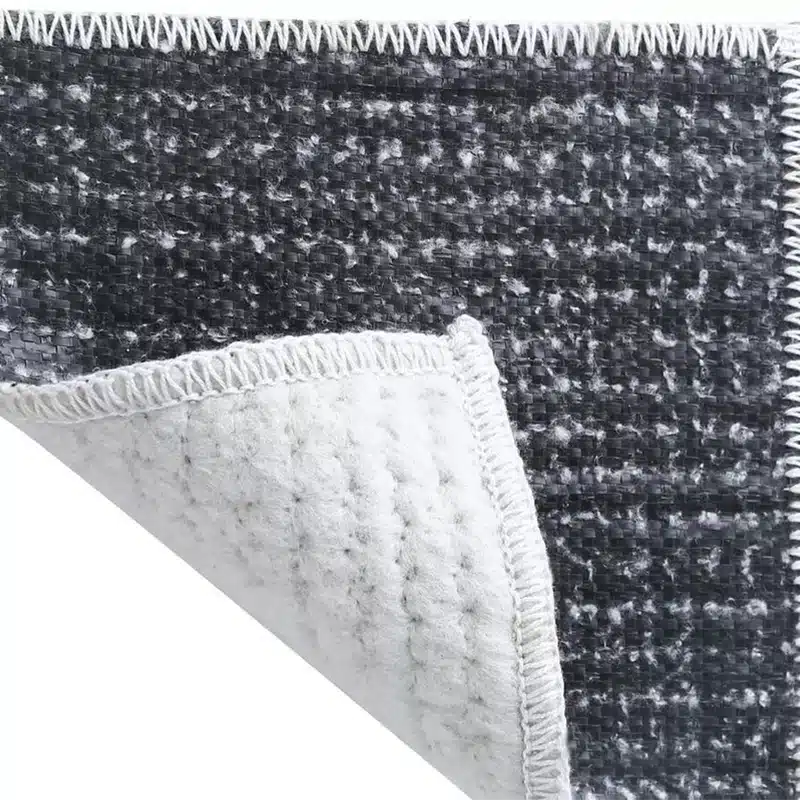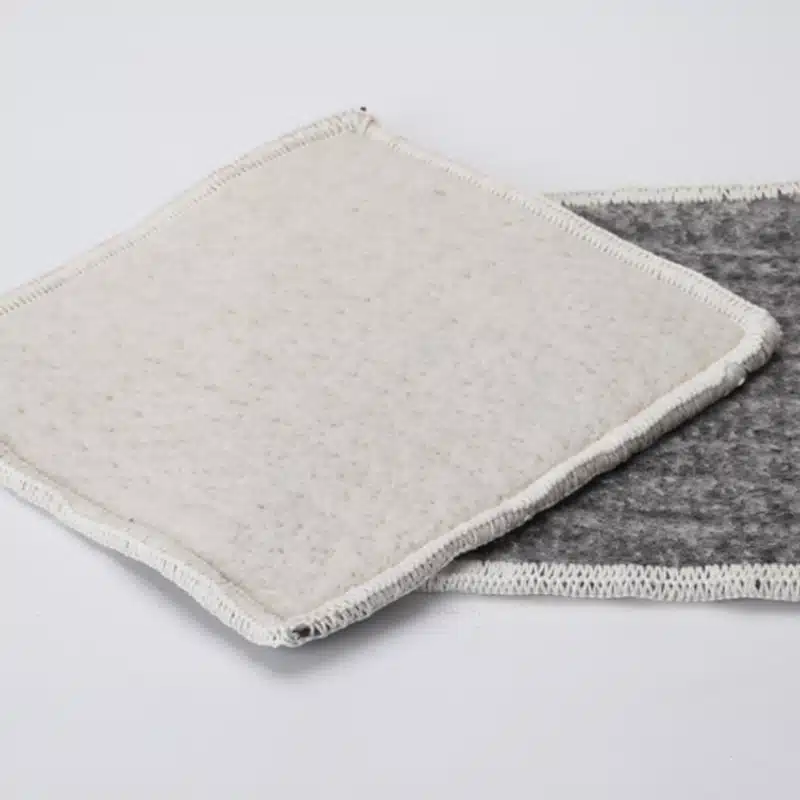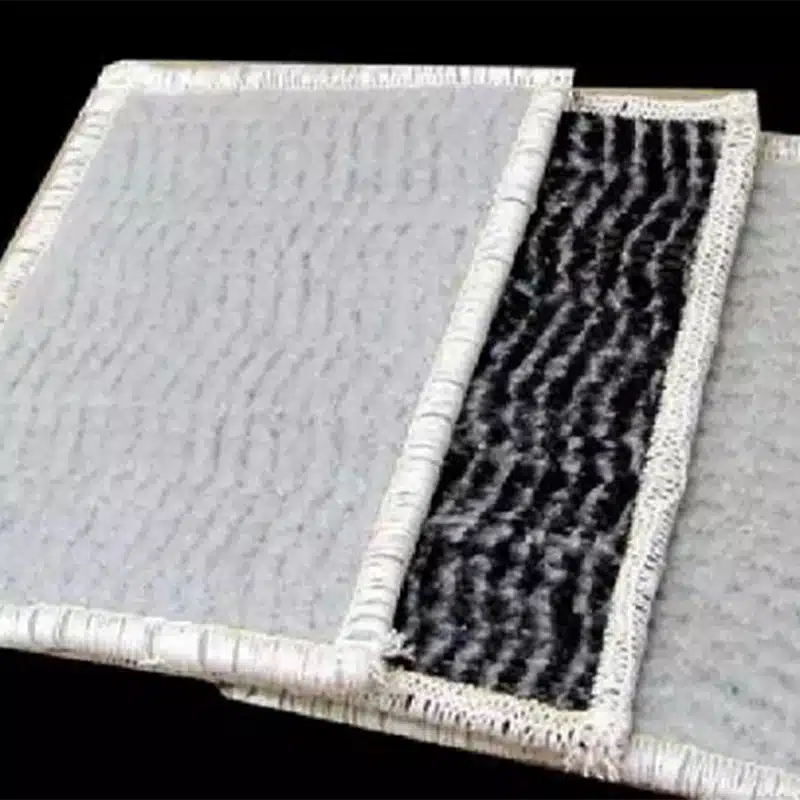+86-159 9860 6917
info@geofantex.com
geofantex@gmail.com
+86-400-8266163-44899
Geosynthetic piling mats represent a significant advancement in the field of civil engineering and construction. These innovative materials offer sustainable, efficient solutions for various foundational challenges, particularly in projects involving unstable or soft soils. This article explores how geosynthetic piling mats are revolutionizing construction practices, enhancing durability, and promoting environmental sustainability.
What are Geosynthetic Piling Mats?
Geosynthetic piling mats are advanced construction materials used to provide stable support for heavy machinery and equipment during piling or foundation work on soft or unstable ground. These mats are typically made by combining geosynthetics—such as geotextiles or geogrids—with traditional materials like timber, steel, or high-density polyethylene (HDPE) to create a more robust and efficient solution for ground stabilization.
Key Features of Geosynthetic Piling Mats:
- Stability and Load Distribution: The combination of geosynthetics enhances the ability of the piling mats to evenly distribute the load of heavy machinery across a wide area, preventing machinery from sinking into soft soil.
- Durability: Geosynthetics increase the lifespan of piling mats by adding resistance to wear, chemicals, and environmental factors such as moisture or temperature changes.
- Flexibility: Geosynthetic piling mats can be designed for specific site conditions, offering flexibility in terms of size, thickness, and type of reinforcement, depending on the project’s requirements.
- Reusability: Many geosynthetic piling mats are designed for multiple uses, making them a cost-effective and sustainable option for construction projects.
- Improved Safety: By stabilizing the ground, geosynthetic piling mats reduce the risk of accidents or equipment damage during construction operations, especially in environments where the ground may shift or collapse under pressure.
Applications of Geosynthetic Piling Mats:
- Temporary Roadways: These mats are often used to create temporary roads for the transportation of heavy equipment across soft or muddy terrain.
- Cranes and Piling Rigs: Geosynthetic piling mats provide a stable platform for cranes and piling rigs, ensuring safe operation even on challenging ground conditions.
- Oil and Gas Projects: In remote areas with unstable ground, such mats are essential for safe drilling and equipment placement.
- Construction Sites: They are widely used in construction projects that require heavy machinery and where the soil conditions are poor, such as in urban areas or regions with high water tables.
Geosynthetic piling mats play a critical role in ensuring the efficiency, safety, and sustainability of construction projects on challenging terrain.

How do Geosynthetic Piling Mats Enhance Construction Safety?
In construction projects, especially those involving large equipment and unstable ground conditions, safety is a primary concern. Geosynthetic piling mats are crucial in stabilizing the ground and ensuring safety during heavy piling operations. These mats, reinforced with geosynthetic materials, distribute the load evenly, preventing accidents and equipment failures. Their ability to enhance ground stability while offering environmental benefits makes them an essential tool for construction sites.
- What are Geosynthetic Piling Mats: Geosynthetic piling mats are composite structures made by combining traditional piling mats (usually timber or other durable materials) with geosynthetic layers like geotextiles or geogrids. These layers enhance the mat’s strength and durability, ensuring it can withstand heavy loads from construction equipment and activities. Geosynthetic piling mats distribute pressure more evenly across the ground, making them ideal for use in unstable soil conditions or areas with high moisture content.
- How Do Geosynthetic Piling Mats Improve Ground Stability: Construction activities, especially piling, exert significant pressure on the ground, which can lead to soil deformation or failure. Geosynthetic piling mats improve ground stability by providing an extra layer of support. The geosynthetic material enhances the mat’s ability to distribute the load, reducing the risk of ground subsidence or uneven settling. This helps prevent accidents, such as machinery tipping over, and ensures the ground remains firm and level throughout construction operations.
- What Are the Safety Benefits of Using Geosynthetic Piling Mats: The primary safety benefit of geosynthetic piling mats is that they reduce the risk of ground-related accidents on construction sites. By stabilizing the soil and evenly distributing loads, these mats prevent equipment from becoming stuck or toppling over, which is a common hazard when working on soft or unstable ground. Additionally, the increased traction provided by the mats reduces the risk of slips and falls for workers and machinery operators. The durability of the mats also ensures fewer replacements, reducing the need for frequent maintenance and the risks associated with changing equipment mid-project.
- Are Geosynthetic Piling Mats Environmentally Friendly: Yes, geosynthetic piling mats are considered environmentally friendly. The geosynthetic layers used in these mats often consist of recycled or sustainable materials, and their durability means they have a long lifespan, reducing the need for frequent replacements. Additionally, these mats minimize ground disturbance, which helps maintain the integrity of the construction site’s surrounding environment. This feature is particularly beneficial in sensitive ecological areas where minimizing soil disruption is critical.
Geosynthetic piling mats play a pivotal role in enhancing construction safety by providing stability, preventing ground failure, and minimizing the risks associated with heavy machinery operation. Their durability and load distribution capabilities make them a vital tool for ensuring worker safety and efficient construction progress, especially on unstable or uneven terrain.
What are the Environmental Benefits of Using Geosynthetic Piling Mats?
The environmental benefits of using geosynthetic piling mats are substantial. First, they reduce the need for natural aggregate materials, such as gravel and sand, which are often sourced from quarries. This helps to preserve natural landscapes and reduces carbon emissions associated with mining and transportation. Moreover, geosynthetic materials are often made from recycled or recyclable polymers, supporting circular economy principles in construction practices.
Are Geosynthetic Piling Mats Cost-Effective?
Yes, geosynthetic piling mats are cost-effective for several reasons. Their installation is typically quicker and requires less labor than traditional piling methods, which directly reduces construction costs. Additionally, their durability and effectiveness in improving ground stability decrease long-term maintenance costs and extend the lifespan of the structure. By mitigating potential foundational problems, these mats can prevent expensive repairs and downtime in the future.
Geosynthetic piling mats are a pivotal technology in contemporary construction, offering enhanced safety, sustainability, and cost-effectiveness. As the construction industry continues to evolve towards more eco-friendly and efficient practices, the role of geosynthetic materials becomes increasingly crucial. Adopting such innovative solutions not only addresses immediate engineering challenges but also contributes to broader environmental and economic goals.



Get Free Sample
We’ll respond as soon as possible(within 12 hours)






















